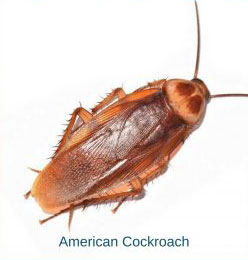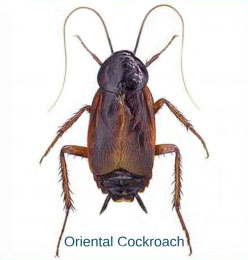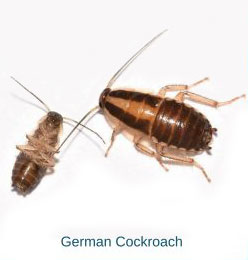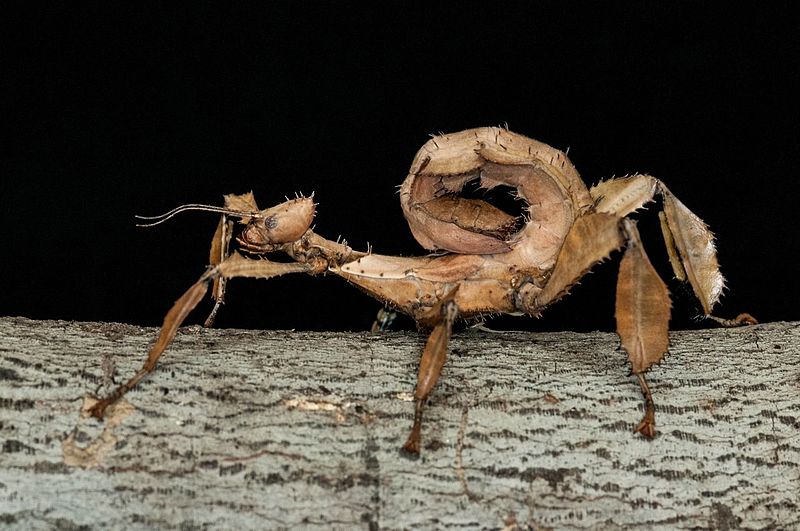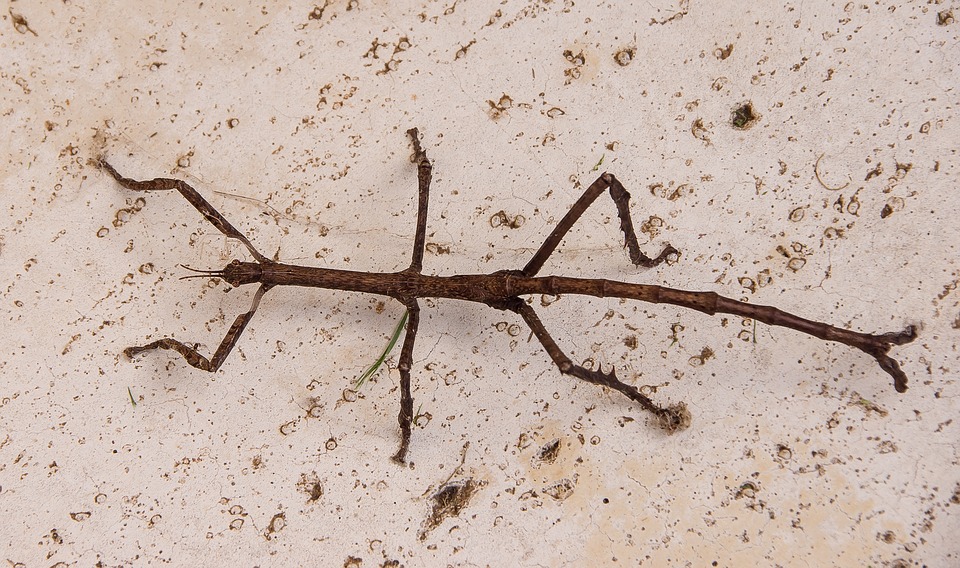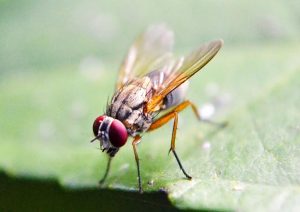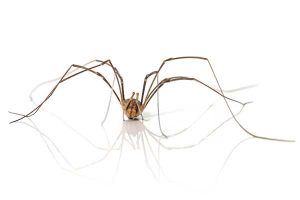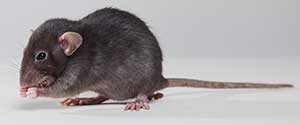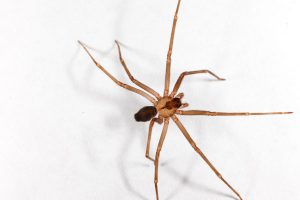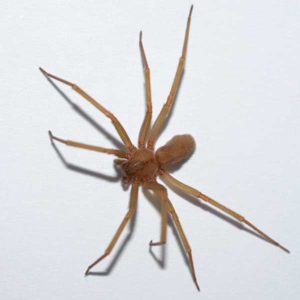May marks National Allergy and Asthma Awareness Month, and the National Pest Management Association (NPMA) warns families that cockroaches are a leading trigger of allergies and asthma attacks. The pests saliva, droppings and decomposing bodies contain allergen proteins known to trigger allergies and increase the severity of asthma symptoms, especially in children.
According to the Asthma and Allergy Foundation of America, a cockroach allergy is a common trigger of year-round allergy and asthma. Additionally, children who are allergic to cockroaches, and are exposed to them, need to go to the hospital for asthma more often than other children with asthma.
“Most people are aware of typical indoor allergens including mold, pet dander, dust and second-hand smoke, but they should also be mindful of any cockroach infestations in their home or other places such as schools,” said Missy Henriksen, vice president of public affairs for the NPMA. “Cockroach allergens are typically found in areas that are hard to see, such as under appliances and sinks, so it’s important to periodically check those areas, keeping them clean and dry.”
Cockroaches also spread disease such as Salmonella by picking up germs on the spines of their legs, easily contaminating food and surfaces that they touch. They spread at least 33 kinds of bacteria, six types of parasitic worms and at least seven other kinds of human pathogens.
Locally, in Las Vegas and Henderson, we have three species of cockroaches that are predominant pests: The American cockroach, which is the largest cockroach species in the southwest, the Oriental cockroach, which is darker and smaller in comparison, and the German cockroach, which is the smallest and most difficult to eradicate.
Predominant cockroach species in Las Vegas and Henderson
Follow these tips to prevent cockroaches from infesting your home:
- Seal cracks around the outside of the home to prevent pest entryways.
- Vacuum frequently and dispose of garbage regularly.
- Keep counters and floors clean and free of crumbs that attract pests.
- Pay extra attention to kitchens and bathrooms, especially under appliances and sinks as these areas are particularly vulnerable to cockroach infestations.
- If you suspect an infestation, contact a licensed pest professional to identify the species and recommend a course of treatment.
The above are a few ways you can protect your home from a cockroach infestation. A little work will help to keep roaches out, and your family comfortable. If you want to learn more about cockroaches and the health threats they pose, visit our Pest Identification Library.

